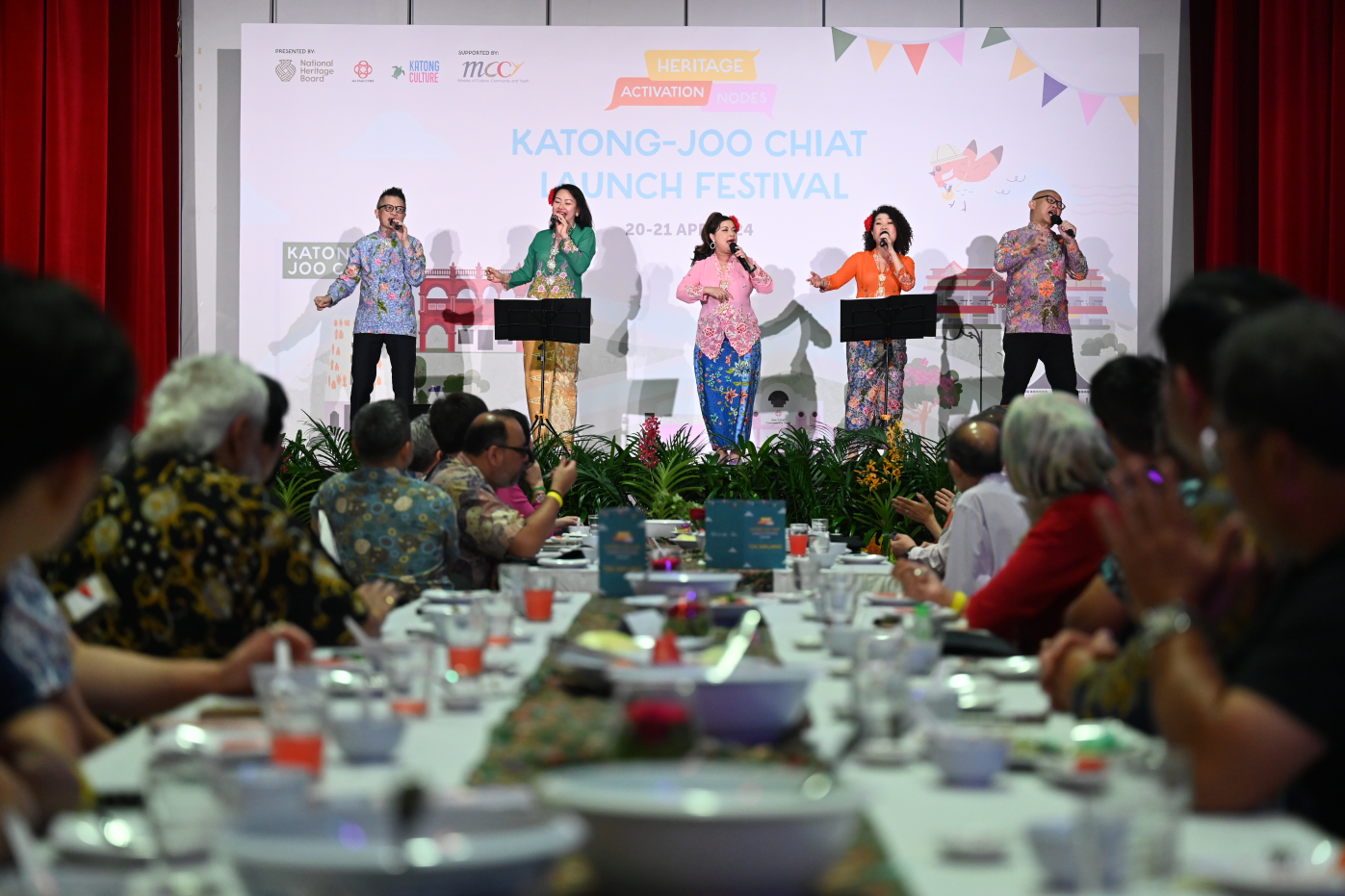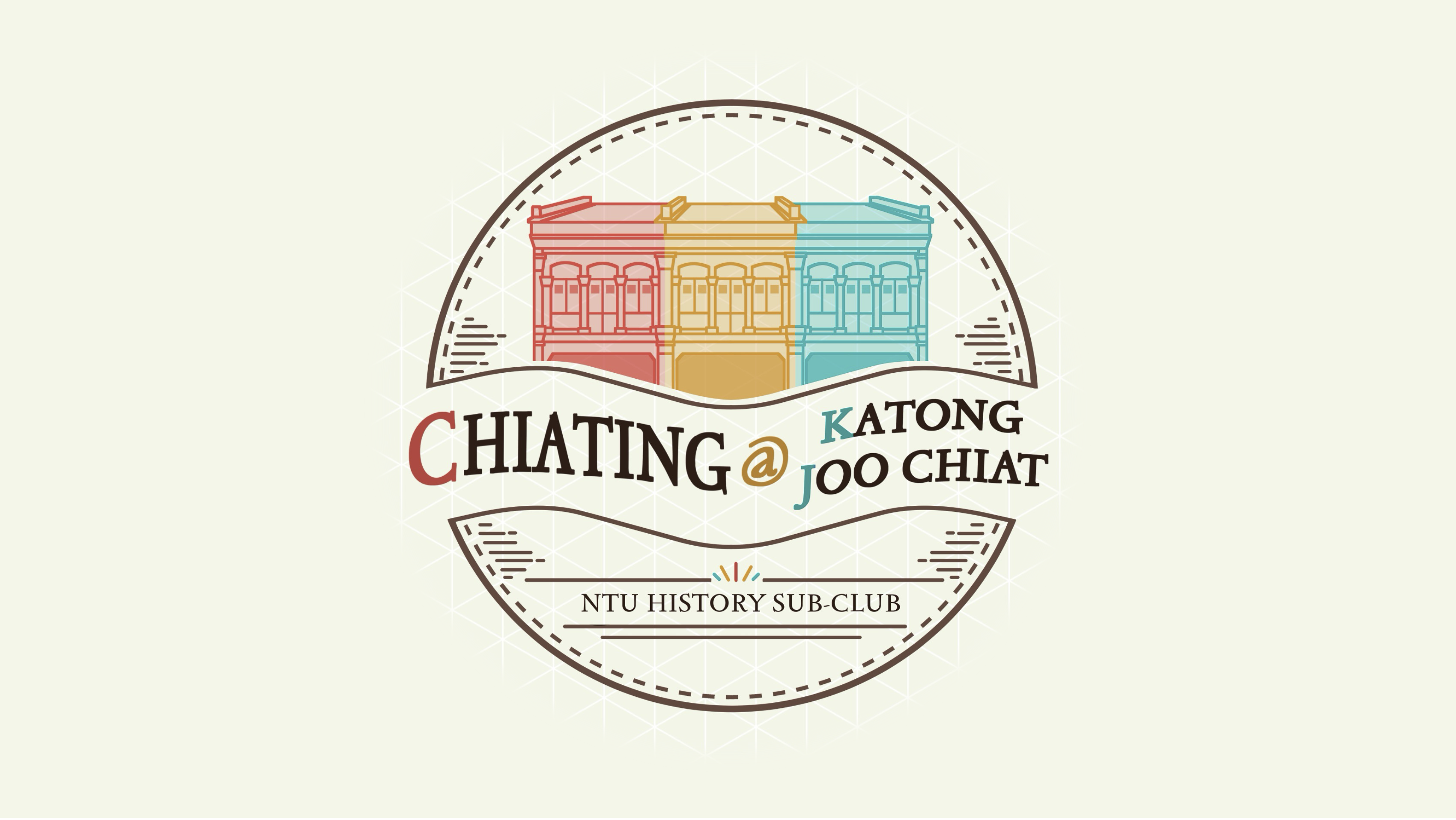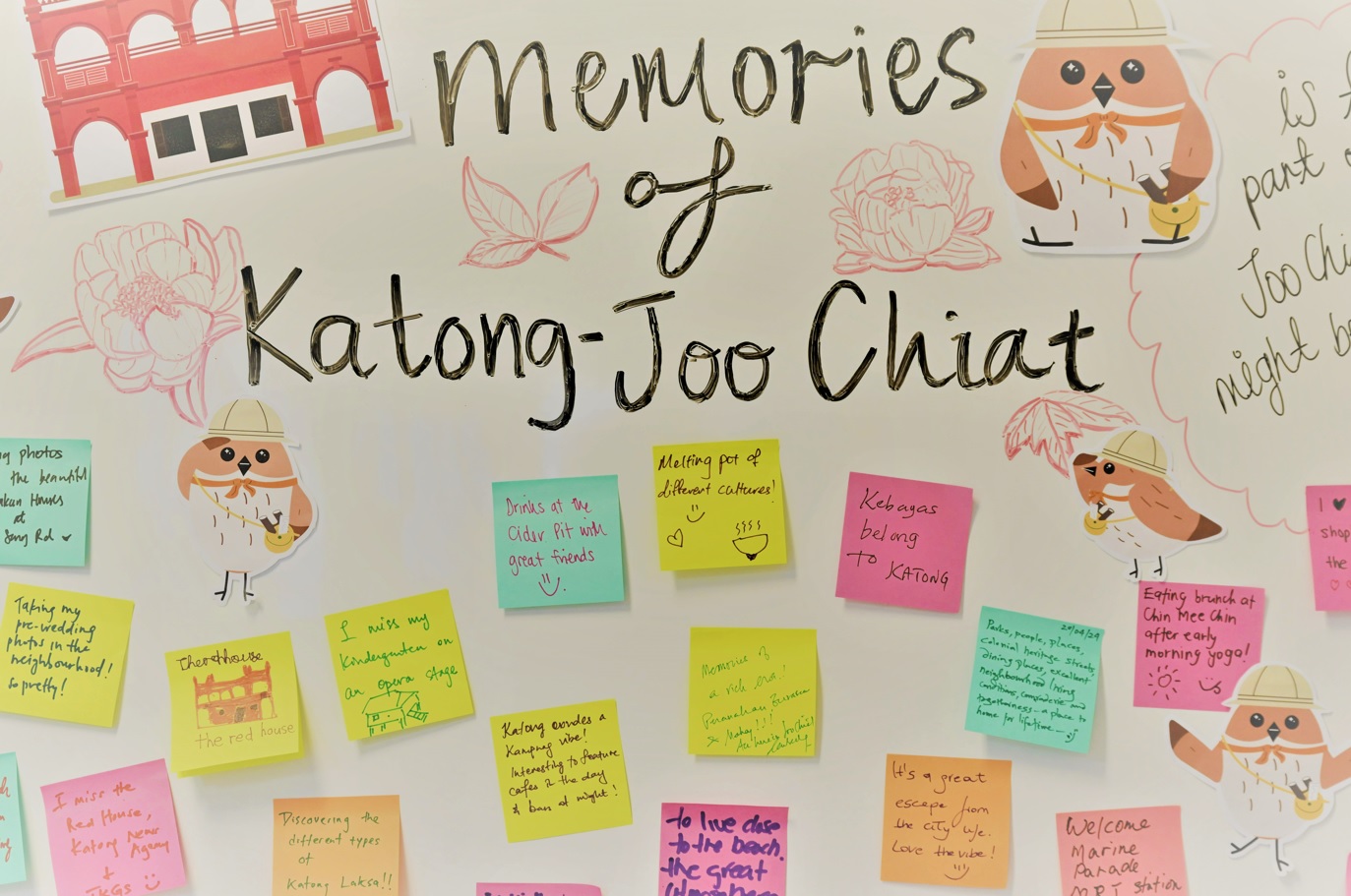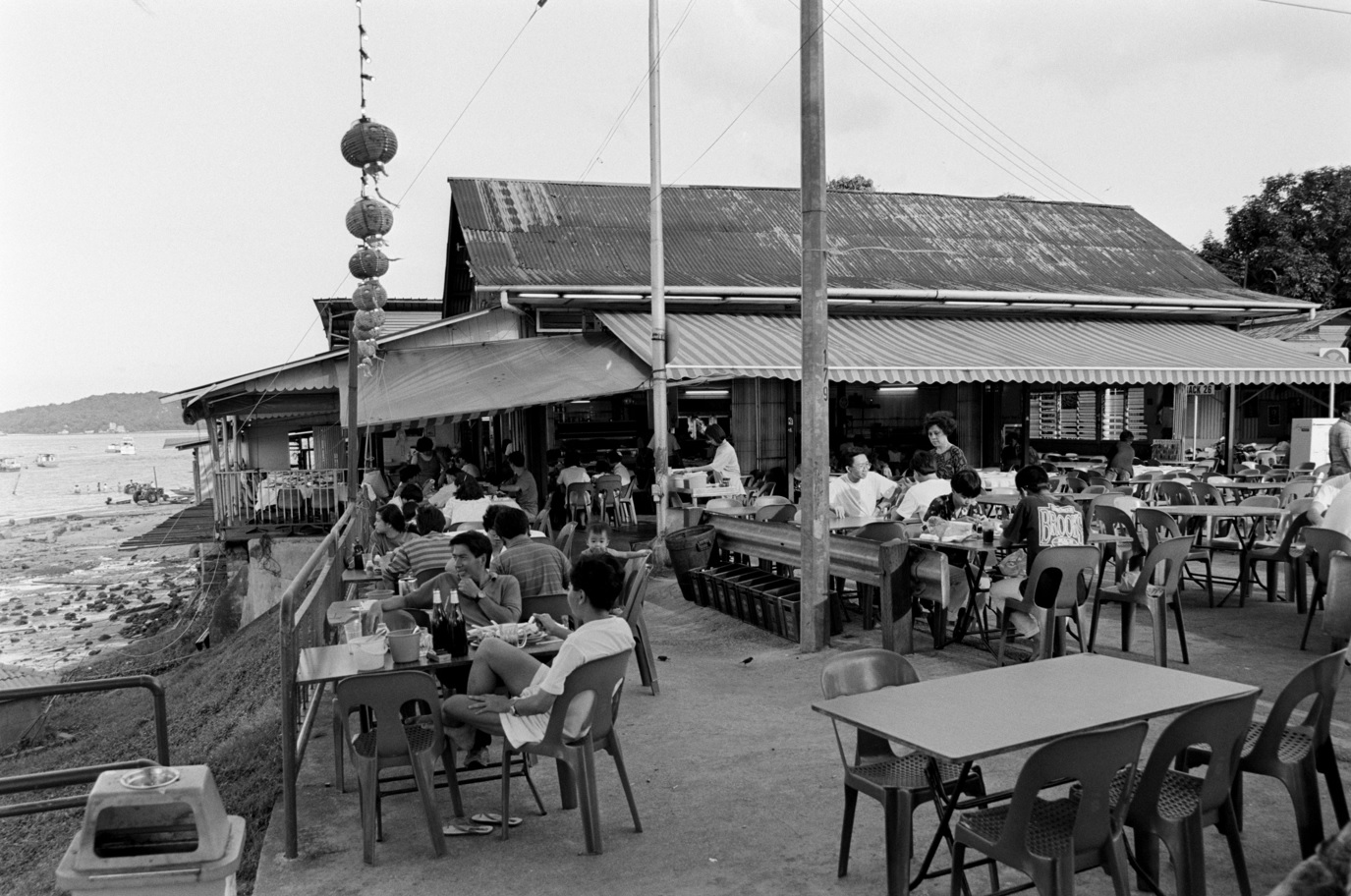Katong-Joo Chiat Map
Explore maps of Katong-Joo Chiat to see visual representations of the area over the years:
Historical Figures
Learn more about some of the historical figures who lived, worked, and left their mark in Katong-Joo Chiat:
-
Chew Joo Chiat (1857-1926) was known as the “King of Katong”. In the 1900s, he acquired a considerable amount of land in the Katong-Joo Chiat area for low prices, which he later sold for a fortune when nearby Geylang became a business district and land prices soared. Chew was also a philanthropist, and for his contributions to the local community, several places were named after him, including roads, buildings such as the local post office and market, and the Joo Chiat district itself.
-
Cheong Koon Seng (1880-1934) was a businessman, auctioneer and real estate agent. The elder son of Cheong Ann Bee and a wealthy first-generation Straits-born merchant from Malacca, Cheong Koon Seng was one of the first cohort of 13 students to attend Anglo-Chinese School. With his brother Cheong Koon Hong, he built the Theatre Royal and Star Opera Company on North Bridge Road in the 1870s.
-
Charles Joseph Pemberton Paglar (1894-1954) was a prominent Eurasian leader, philanthropist, and Legislative Council member. A skilled surgeon, Paglar set up his private practice at Joo Chiat in the 1920s and served as the surgeon-in-charge at an emergency hospital at the Yeok Eng School in Tanjong Katong during the Japanese invasion. During the Japanese Occupation, the Japanese made him the president of the Eurasian Welfare Association with the motive of making him carry out their orders; following the Japanese surrender, Paglar was charged with treason as a Japanese collaborator but was granted a discharge amounting to an acquittal, as he had acted to protect the Eurasian community.
Milestones
Discover some notable milestones and lesser-known moments in Singapore’s history that happened in Katong-Joo Chiat:
-
The first electric street lamps in Singapore were tested along East Coast Road between Katong and Siglap in 1938. Learn more about it here.
-
The Still Road bombing incident occurred on 20 December 1974 when Communist Party of Malaya operatives were transporting explosives to be detonated at the home of the Nanyang Shoe Factory managing director; however, one of the bombs exploded as the car was waiting at a traffic junction. Learn more about it here.
-
One of Singapore’s early documented crocodile encounters in a public space took place in 1906 at the Swimming Club at Tanjong Katong. Learn more about it here.
-
When Charlie Chaplin first visited Singapore in 1932, one of his stops was the Sea View Hotel in Tanjong Katong, where it is reported that his party comprised the only customers. Learn more about it here.
Street
Learn more about some of the streets that run through the Katong-Joo Chiat area:
-
Ceylon Road, named after the large Ceylonese Tamil community who settled in the area in the 19th century.
-
East Coast Road, which connected and transformed rural Katong-Joo Chiat when it was built in 1902.
-
Haig Road, where an increasing number of Eurasians resided in the 1950s, became known as Kampong Serani (“Eurasian Village” in Malay).
-
Koon Seng Road, the site of several schools and conserved two- and three-storey shophouses.
-
Marshall Road, where hawkers plied the street in the 19th and early 20th centuries.
-
Onan Road, likely named after Onan bin Rajidin, a migrant from Java who built the now-demolished Onan Road Mosque.
-
Still Road, the site of the former Grand Hotel and the Still Road bombing incident in 1974.
-
Telok Kurau Road, named after a fishing village (telok means “bay” and kurau is “mango fish” in Malay) where milk sellers used to lead cows from house to house.
About National Library Board
The National Library Board (NLB) nurtures Readers for Life, Learning Communities and a Knowledgeable Nation by promoting reading, learning and history through its network of 28 libraries, the National Library and the National Archives of Singapore. NLB also forges strategic partnerships that encourage awareness, appreciation and greater discovery of Singapore’s history through its rich collections on Singapore and the region.













